Disclaimer: The SOTO StormBreaker is my first multi-fuel stove. Before this, I had only used the Trangia spirit burner, so my comparison points are somewhat limited.
I bought the StormBreaker for our long-term bicycle journey to the Middle East. I wanted a versatile, reliable, and easy-to-use stove, as we planned to cycle for more than a year, with extensive camping and cooking. Since then, we used it for more than 200 meals in different conditions and environments. From cold snowy or wet mountains to hot deserts.
Fuel Types
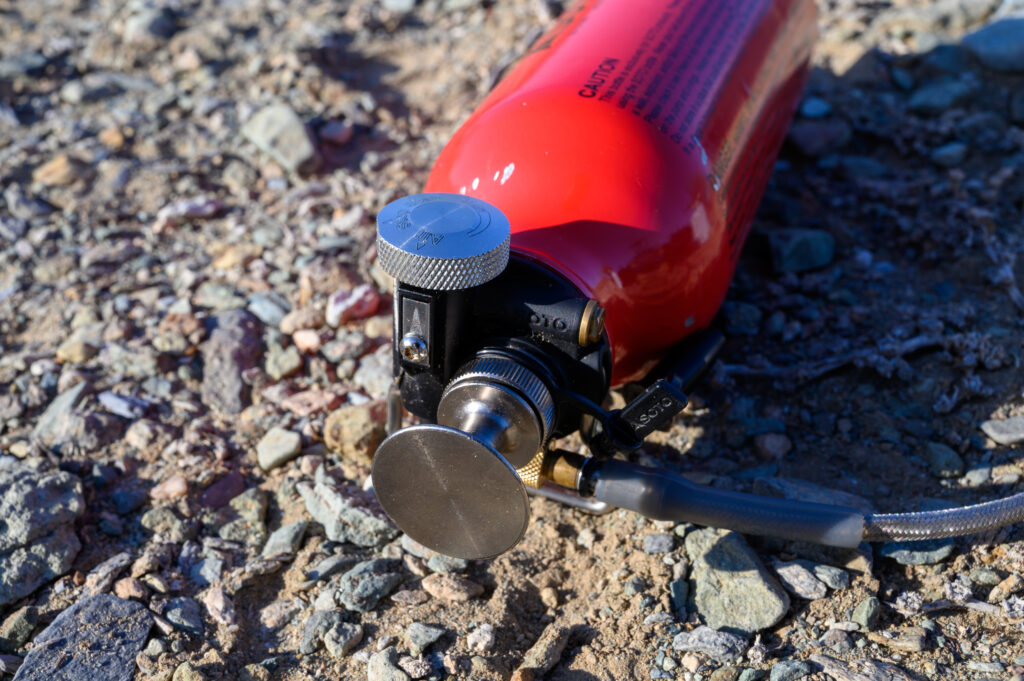
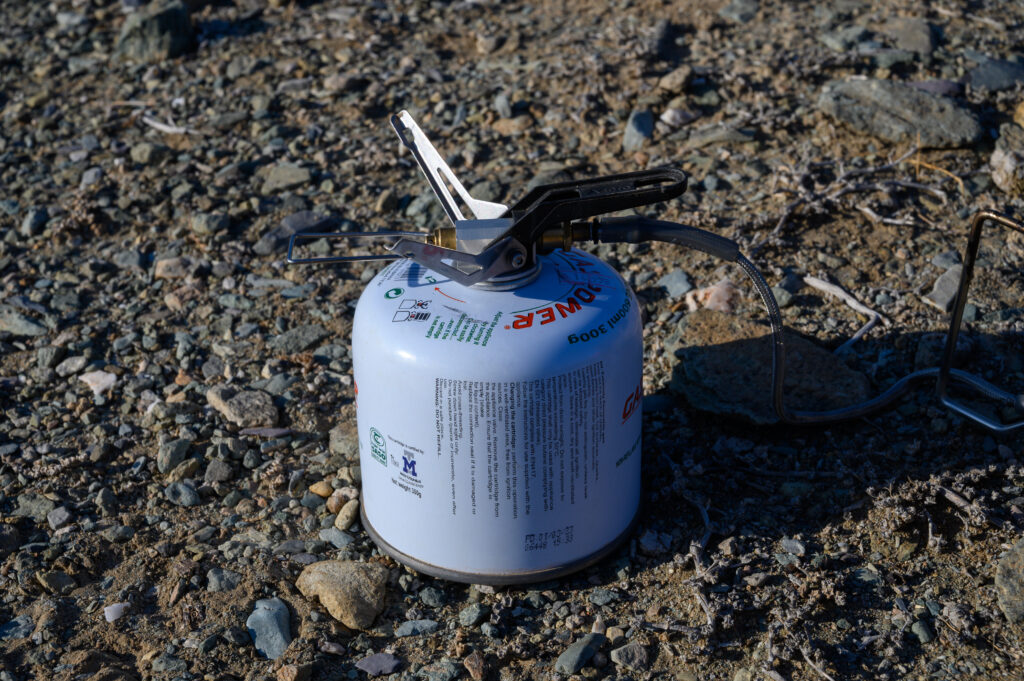
The StormBreaker allows for easy switching between gas and unleaded gasoline.
When available and reasonably priced, we generally used gas cartridges because they burn cleaner and are reducing stove maintenance. Additionally, using gas eliminates the need to pump and pressurize the fuel bottle, as you would with gasoline. However, gas efficiency drops in colder temperatures. While gas cartridges with optimized fuel mixes exist for cold weather, we often couldn’t find them, or they were very expensive. In those cases, we switched to gasoline.
When using gasoline, we always bought unleaded gasoline with 95 octane. Depending on the region, we kept a small amount of emergency fuel in the gasoline bottle in case we ran out of gas cartridges. I recommend using a smaller, 480 ml fuel bottle and supplementing it with a PET bottle if you need to carry extra gasoline. The less gasoline you have in the main bottle, the longer it takes to pump it to the required pressure.
Cooking
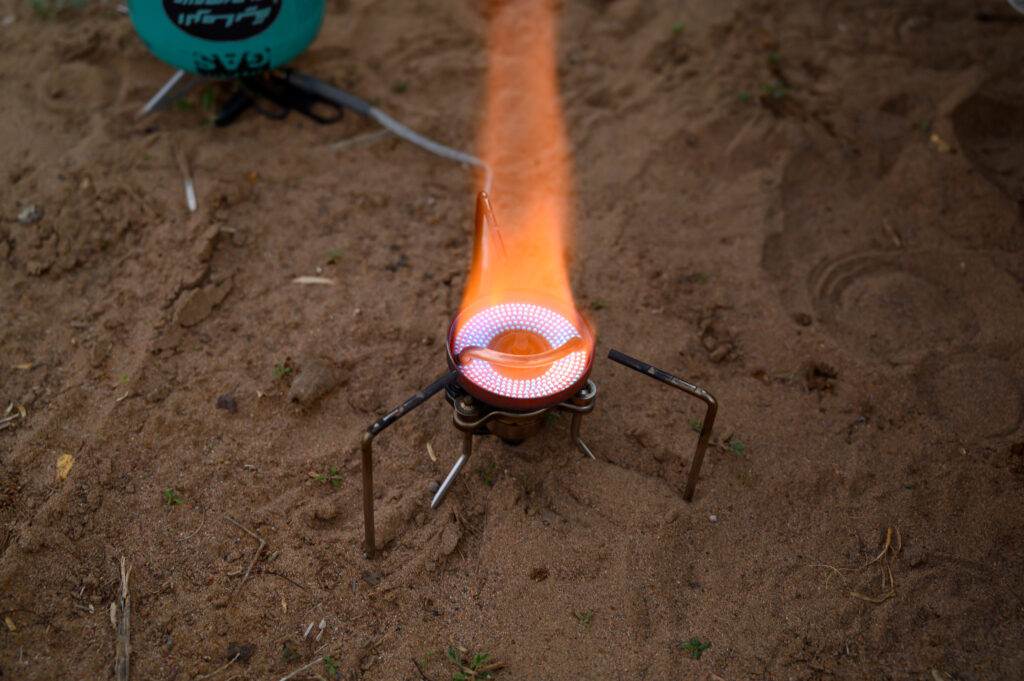
Performance The cooking performance of the StormBreaker is both an advantage and a drawback. Having been used to the less powerful Trangia spirit burner, we found the StormBreaker very powerful by comparison. Unfortunately, the heat regulation is only so-so, with the lowest setting still being quite strong. This can make it challenging to cook dishes that require lower heat or simmering, such as risotto. You need to be constantly alert, stirring frequently to avoid burning.
To help with this, we made a simple spacer from the bottom of a tin can, which raises the pot slightly and helps reduce heat. However, this setup can be a bit unstable.
For dishes like pasta that only need boiling water, the stove works excellently. After a few uses, operation becomes straightforward: you set the control wheel to “Start” and ignite the stove. Once the flame stabilizes and turns blue, you switch to “Run.” The stove burns quietly, with good wind resistance, so a windshield isn’t always necessary. When you’re finished cooking, turn the wheel to “Air” to depressurize the bottle, which also cleans the stove by purging the fuel lines. Then, switch the wheel to “Stop,” and you’re done.
Maintenance
We used gas about two-thirds of the time and gasoline for the remaining third. So far, we’ve needed only minimal maintenance. Every couple of months, we clean the nozzle with the cleaning needle. If there isn’t too much buildup, it’s enough to unscrew the bottom and use the needle directly. Occasionally, we’ve needed to remove the entire nozzle for a deeper clean, which isn’t a major effort.
After using gasoline for a while, we also lubricate the pump seal. We purchased a maintenance kit, a replacement burner, and a nozzle, but I’d recommend buying separate wrenches because the ones included in the kit can be a bit fiddly to use.
Build Quality
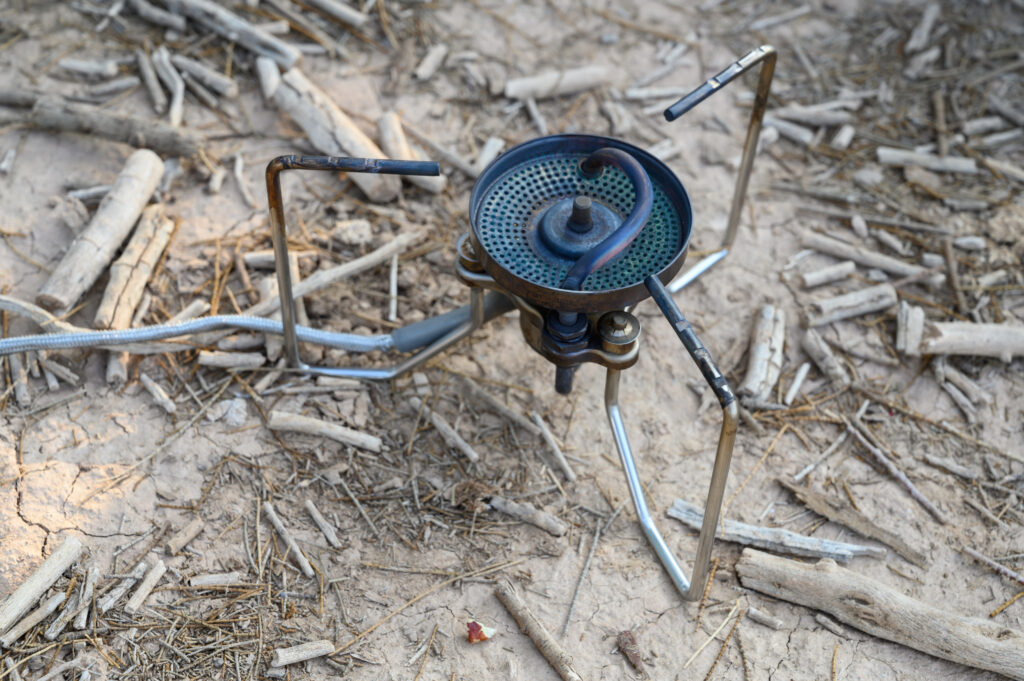
The StormBreaker is lightweight, compact, beautifully designed, and well-built. However, we encountered two issues:
- The folding mechanism of the legs became sticky fairly quickly. A bit of WD-40 every so often keeps it moving smoothly.
- When we first tried to remove the nozzle, the screw nuts were stuck and it took considerable force and WD-40 to finally loosen them. Since that first time, however, we haven’t had any further issues.
Verdict
Overall, we’re very happy with our StormBreaker stove and, despite a few minor issues, would buy it again. When cooking with other travellers, we frequently noticed that the StormBreaker had small advantages over other stoves in terms of design and functionality.
That said, if you’re travelling in a region where spirit fuel is easily available (such as Central or Northern Europe), I’d still prefer the Trangia stove. It’s simpler to use, and while it’s less powerful, cooking with it is a more pleasant experience.

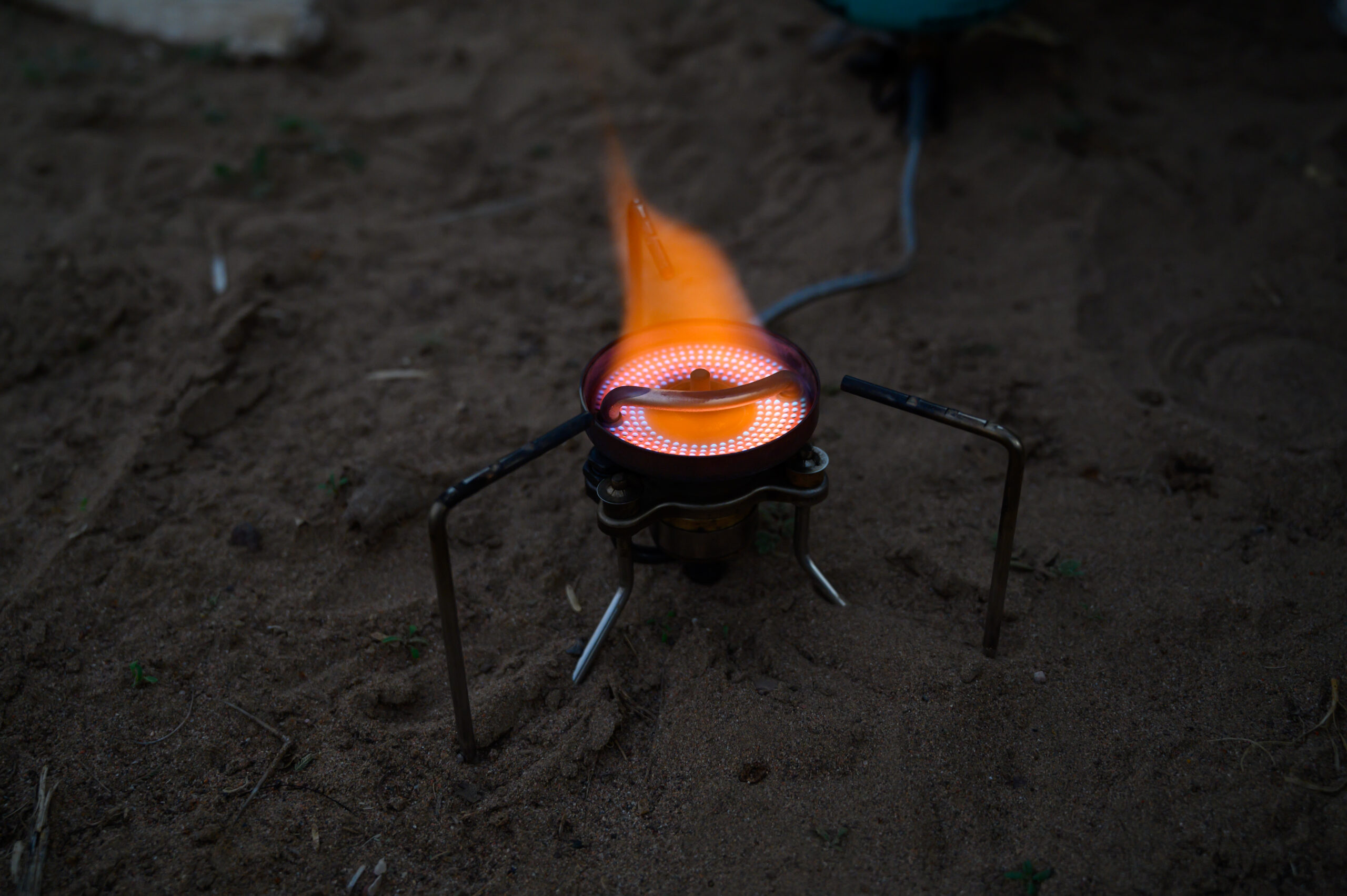
Leave a Reply